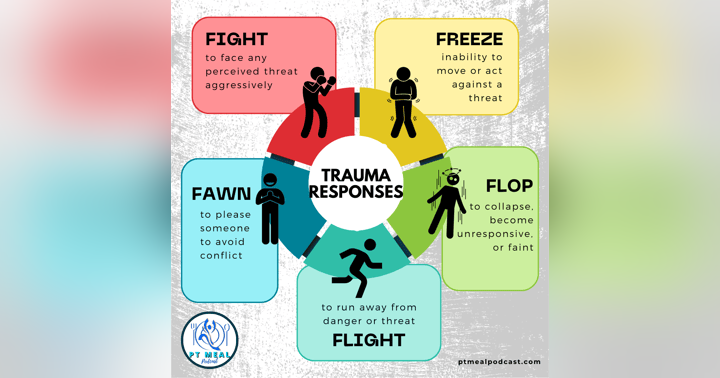May 17 is International Day Against Homophobia, Transphobia, and Biphobia

Significant progress has been made in protecting LGBTQIA+ rights, highlighted by the theme of this year's International Day Against Homophobia, Transphobia, and Biphobia: "No one left behind: Equality, freedom, and justice for all."
Legal and social norms have shifted, with 11 countries legalizing marriage equality since 2019 and 13 countries decriminalizing LGBTQIA+ sexuality since 2017. UN bodies are advocating for transgender-friendly HIV care, intersex rights, and non-discriminatory health services.
Despite progress, discrimination and stigma persist, with many countries criminalizing same-sex relationships and some even imposing the death penalty. Political leaders in some areas promote polarizing policies, exacerbating inequities and health disparities.
UNFPA emphasizes the importance of integrating LGBTQIA+ rights into global humanitarian and climate-resilience policies. It calls for including LGBTQIA+ individuals in disaster-response planning and addressing their specific health needs to ensure their rights and inclusion.
- Source: https://www.unfpa.org/events/international-day-against-homophobia-transphobia-and-biphobia
HOW CAN PHYSICAL THERAPISTS BE MORE INCLUSIVE?
Physical therapists can play a crucial role in supporting LGBTQIA+ individuals by promoting inclusive, sensitive, and comprehensive care. Here are several ways physical therapists can help:
- Creating an Inclusive Environment:
Develop a welcoming and non-judgmental clinic environment. This can include using inclusive language, displaying LGBTQIA+ friendly symbols, and ensuring all staff are trained in cultural competence regarding LGBTQIA+ issues.
- Education and Training:
Engage in ongoing education about the unique health needs and challenges faced by LGBTQIA+ individuals, including understanding the impacts of discrimination and stigma on physical and mental health.
- Tailoring Treatment Plans:
Customize treatment plans to address the specific needs of LGBTQIA+ patients, considering factors such as hormone therapy, surgeries, or physical health issues linked to minority stress and discrimination.
- Advocacy and Support:
Advocate for the inclusion of LGBTQIA+ rights in health policies and support patients in navigating healthcare systems, ensuring they receive equitable and respectful care.
- Addressing Mental Health:
Recognize the intersection of physical and mental health, providing support or referrals for mental health services as needed, particularly for issues like anxiety, depression, or trauma stemming from discrimination.
- Community Engagement:
Participate in or support community events and initiatives that promote LGBTQIA+ rights and health, helping to build a network of care that extends beyond the clinic.
By adopting these approaches, physical therapists can contribute to reducing health disparities and ensuring that LGBTQIA+ individuals receive the sensitive and equitable care they deserve.




![image for [REPORT] Physical Therapy Home Care Rates in the Philippines (2022)](https://getpodpage.com/image_transform_gate_v3/PkMohXDqka0hmHAXARuY8UB1pOPKINF13inLJdCbVCE=/?image_url=https%3A%2F%2Fs3.us-west-1.amazonaws.com%2Fredwood-labs%2Fshowpage%2Fuploads%2Fimages%2F0bb17de1-0478-4052-92d8-1d11b5ba597f.png&w=720&h=378&fill=blur)